Rebuilding Trust and Resilience: Climate Adaptation in Tanta, Peru
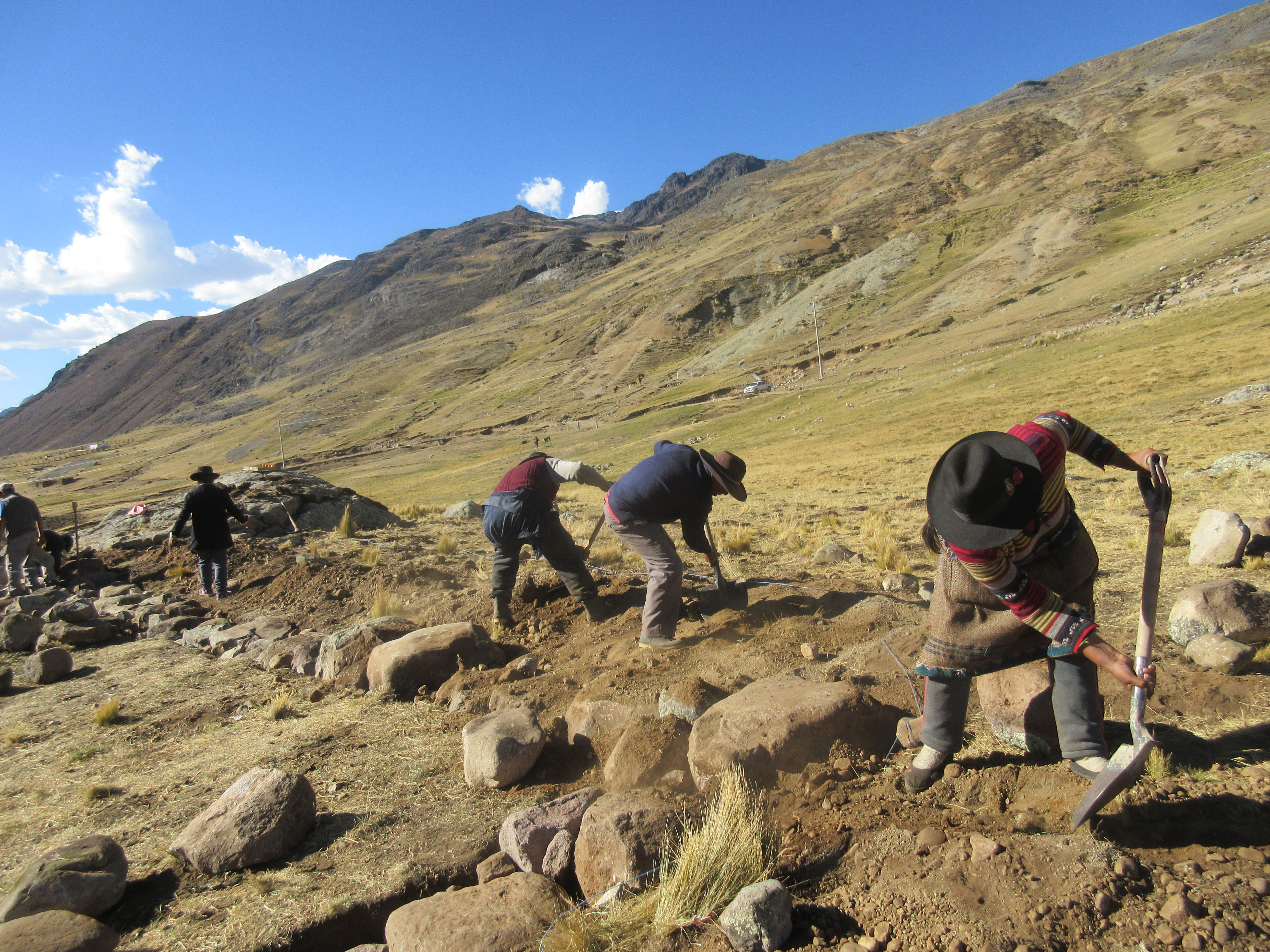
Summary
A solution that integrates local knowledge with modern science and technology focused on three key components: strengthening community organisation, enhancing local skills and knowledge, and implementing green-gray infrastructure. Through a participatory process, the community proposed building a livestock shed to address rising disease and mortality caused by extreme weather events. The successful realisation of this project helped restore trust in institutional collaboration, which had previously been eroded by negative experiences. Past projects had weakened community organisation by fostering division and distrust, while tensions between the population and authorities, driven by personal interests, further hindered the development of trust. Strengthening both the livestock committee and the wider community improved organisational capacity, enabled the project’s completion, and allowed for the resumption of livestock management, a key element in maintaining ecosystem health.
Overview
- Location:
- Implementation sites:
-
- Single country
- Single location
- Mountain region:
-
Andes Mountain Range
- Province:
-
- South America
- Site locations:
-
Distrito de Tanta, Lima
- Solution scale:
- Area Covered:
-
- The Distrito de Tanta in the Yauyos province of Lima, Perú, covers an area of approximately 347 square kilometres.
- Other Ecosystem type(s):
-
- Rangeland, Pasture, Wetland, Swamp, Marsh, Tundra, Montane grassland
- Solution type(s):
- Other Solution(s) type(s):
-
- Strengthening of the communal organisation
- Sector(s):
- Other sector(s) type(s):
-
- Adaptation, Sustainable livelihoods, Traditional knowledge, Livestock, Management of high Andean grasslands
- Climate impact(s) addressed:
- Other climate impact(s) addressed:
-
- Glacial retreat, Loss of Biodiversity
- Climate impact time-scale(s):
- Main benefit associated with the solution:
- Other benefit(s) associated with the solution implementation:
-
- Climate risk reduction (e.g. reduced risk from drought and climate hazards), Economic benefits (e.g. pasture stability), Environmental benefits (e.g. biodiversity preservation, food security), Strengthening of the communal organization, Strengthening of local capacities and knowledge, Infrastructure/Technology recovery
- Co-benefit(s) associated with the solution implementation:
Solution details
Main beneficiaries & outcomes
• Direct: 79 families (approx. 350 people) of the Tanta Community.
• Indirect: Populations living in the middle and lower part of the Cañete river basin.
Planning and implementation
The Tanta community and Instituto de Montaña implemented an Ecosystem-based Adaptation (EbA) measure in partnership with the Nor Yauyos-Cochas Landscape Reserve and IUCN (International Union for Conservation of Nature).
The solution combined local knowledge with current science and technology and comprised three components: Strengthening of community organization, Strengthening local skills and knowledge, and Green-gray infrastructure. Through a participatory process, the community proposed to build a climate shed in response to increased disease and animal mortality due to extreme weather events.
Finance
NA
Innovation
NA
Performance evaluation
Impact monitoring was conducted throughout the process.
Impacts:
The construction of the shed protects the cattle, especially the calves, from extreme weather events such as frost and hail, thus helping to reduce their mortality. The infrastructure also serves as a barn for the milk-producing cows. These improvements have had a positive impact on families’ livelihoods, who depend mainly on livestock for their livelihoods.
Thanks to the trainings, the community now has a better understanding of the potential impacts of climate change on ecosystems and their future productivity. This, along with the strengthening of local organization, has led to an improved pasture rotation plan. The community has resumed the communal farm’s livestock management process, defining sectors for each species: alpacas, sheep, and cattle.
During the trust-building process between the community and the institutions, and as an initiative of the Nor Yauyos-Cochas Landscape Reserve (NYCLR), the project supported the community in developing a proposal for the recovery of natural pastures. The community received a grant of US$27,950 through the Ministry of the Environment’s “Mechanisms of Rewards for Ecosystem Services” (MRSE-FIDA) program. This contributes to the sustainability of the project and the achievement of adaptation and sustainable livelihoods objectives.
Long term project sustainability and maintenance
The solution had a focus on building ownership, which will contribute to long-term sustainability. Building the relationship with the community organization in Tanta was key to the joint design and implementation of the EbA measure. Likewise, capacity building was achieved through a dialogue between traditional and scientific knowledge: community members and professionals in rural construction, veterinary medicine, and rangeland ecology designed and defined the measure, with the facilitation of the project team. These two components were key to achieving community commitment, not only in the joint design and implementation of the green/gray infrastructure but also in assuming commitments for its operation and maintenance, as well as in implementing the plan for the use of the communal farm.
Capacities for design and implementation
Knowledge
This component has been transversal to the entire project and included training and workshops on livestock and pasture management, animal health, and planting and harvesting water, carried out in collaboration with the Universidad Nacional del Centro and external specialists. These activities helped to raise awareness among cattle ranchers and managers of the communal farm and testimonies indicate that their skills in these areas have increased.
Local knowledge was key to developing the livestock management strategy and the shed’s design and construction. The use of ancestral technologies existing on the ranches, such as stone corrals, and local materials were chosen.
As part of the communication activities, an awareness campaign was developed with the support of the Rare organization to promote sustainable grazing practices within the community. The campaign, which used the slogan “Smart grazing is the pride of my people”, included radio soap operas, comics, and plays with the participation of women and men of all ages. This helped raise awareness among the population about the importance of proper pasture and livestock management and helped disseminate information about the project at the community and NYCLR levels.
Enabling factors
• Use of communication tools to disseminate information about the project and raise public awareness about climate change, the importance of adaptation actions, and the sustainable management of natural resources.
• Dialogue between local knowledge and technical-scientific knowledge, facilitated by specialists in participatory processes.
• The active collaboration and leadership of the livestock department (committee) were key to achieving active participation of the local population during the workshops.
Lesson learned
• Adaptation measures, from their design, must incorporate local knowledge and respond to community priorities and perspectives to ensure their effectiveness, viability, and sustainability.
• It is essential that the field team is trained in the application of participatory approaches, methods, and tools that contribute to improving the quality of participation and facilitate collective learning and dialogue between local, technical, and scientific knowledge.
• It is essential to incorporate all community members in communal assemblies to encourage participation.
• Communication activities help to raise levels of trust and participation, as well as local ownership.
• Diversify work with local partners, combining workshops with other methods, practical tools, and fieldwork (of the “learning by doing” type).
• Develop activities that involve women, youth, and other groups within the community.
• Maintain a high field presence and share daily updates with the community.
Political / Legal
The lack of engagement from state is briefly addressed: One challenge is increase in diseases affecting livestock in the highlands. Cattle ranchers do not know how to treat them and no competent state agency is addressing the problem. Additionally, the tension between the population and the authorities due to personal interests has been a barrier in the process of establishing trusting relationships with the community.
Institutional
One of the key aspects of this project was to reestablish a relationship of trust between the community and implementing institutions.
Under the “Strengthening community organization” component, the project worked with the Tanta community to develop a livestock management strategy, with the support of a specialist, to improve livestock management in the community’s farm territory. The objective was to fortify the community’s collective decision-making process in regards to the management of its natural resources, thus contributing to the recovery of grazing areas, which in turn ensures having the necessary level of food for livestock and improving both productivity and ecosystem services for water regulation.
The livestock management strategy has been the product of a participatory process facilitated by Instituto de Montaña and led by the authorities and the community’s livestock department (committee). As part of this process, visual materials (maps and infographics) have been developed to graphically represent the proposed management plan and rotation of livestock among the different sectors of the communal farm. These visual materials are exhibited in the community premises so that the community members can follow up on the plan and the agreements and commitments made by all.
Enabling factors
• Participatory approach to decision-making and planning.
• Interest and commitment of the local population.
• Relationship of trust between the community and the implementing institutions.
• Availability and commitment of the authorities in charge, such as the boards of directors and specialized committees.
• Traditional knowledge of the local population and technical knowledge of external experts.
• Participation of the Nor Yauyos-Cochas Landscape Reserve (NYCLR) team.
Lesson learned
• Working on community strengthening and organization is a process that takes time but is essential to achieve long-term results.
• The project needs to be flexible enough to modify plans in the face of unexpected situations. This also contributes to building trust.
• In the face of the initial distrust towards external institutions, the permanent presence of Instituto de Montaña’s field staff and their involvement in the community’s day-to-day life was important.
Outlook & Scalability
Transformation and future outlook
This solution laid the foundation for rebuilding trust and easing future collaboration. Successfully establishing the shed restored the community’s trust in working with institutions, which had been damaged by past negative experiences.
Potential for upscaling and replication
The participatory nature of the solution, along with its emphasis on knowledge building and strengthening communal organisation, presents an approach that could be applied to other projects and potentially scaled up to benefit larger initiatives, populations, or areas.
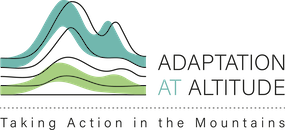

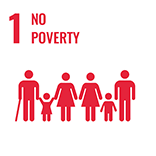
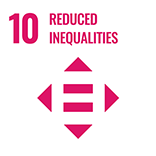
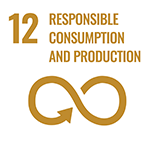
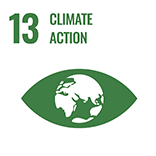
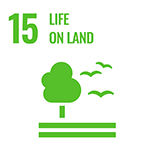
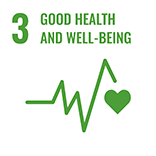
Comments
There is no content